Extreme Weather and Climate Research Laboratory
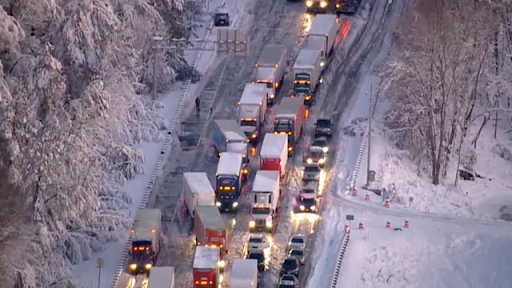
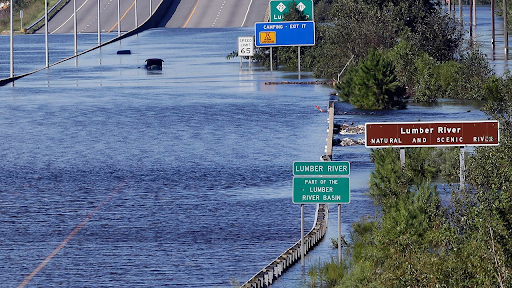

Welcome to the Extreme Weather and Climate Research Laboratory site. The societal impacts of weather extremes cost billions of dollars each year in the U.S. alone. These costs are increasing, and the impacts of extreme weather fall disproportionately on vulnerable communities. The cutting edge of climate change is extreme weather. The objectives of our group are to better understand, predict, and project weather extremes, with the goal of saving lives and property. Quantification and anticipation of future changes in weather extremes can guide mitigation efforts and improve resilience. Our collaborative research team is headed by Prof. Gary Lackmann, a professor of meteorology and extreme weather, and Prof. Walter Robinson, a professor of atmospheric and climate dynamics.

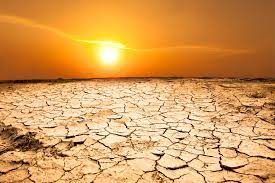
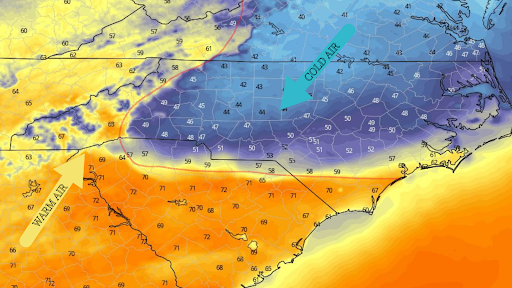
In recent years, we have studied extratropical and tropical cyclones, atmospheric blocking patterns, extreme heat, organized convection, winter storms, atmospheric rivers, heavy precipitation events, and topographically forced flows. We seek to improve short-term prediction of these phenomena through an enhanced understanding of the physical mechanisms responsible for their evolution, and optimization of process representation in numerical models. The question of how longer-term climate change affects the frequency and severity of these high-impact events is an active research area for our group. We use a combination of observations, theory, and numerical models in our research.
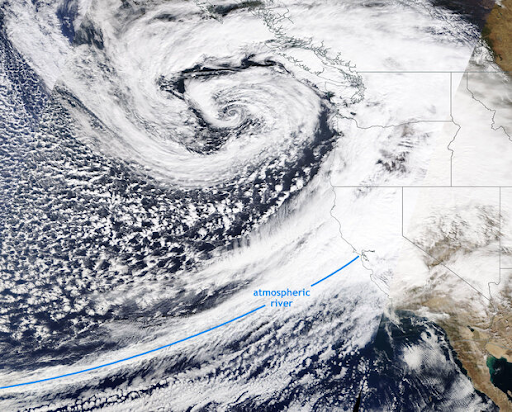


Top Row: I-95 during a 2022 snowstorm (Steve Helber/AP) (left), Interstate 95 flooding during Hurricane Florence, 2018 (Gery Broome/AP) (middle), January 2018 bomb cyclone and snowstorm (RSI/NOAA) (right)
Middle Row: Jupiter’s Great Red Spot (NASA/SwRI/MSSS/Gerald Eichstädt/Seán Doran) (left), drought / heatwave (Tom Wang/Alamy) (middle), Cold Air Damming (WCCB) (right)
Bottom Row: Atmospheric River, 2021 (NASA MODIS/TERRA) (left), Foehn wall in Croatia, 2019 (Marin Pitton) (middle), Hurricane Irma, Florida 2017 (Chip Somodevilla, 2017 Getty Images) (right)